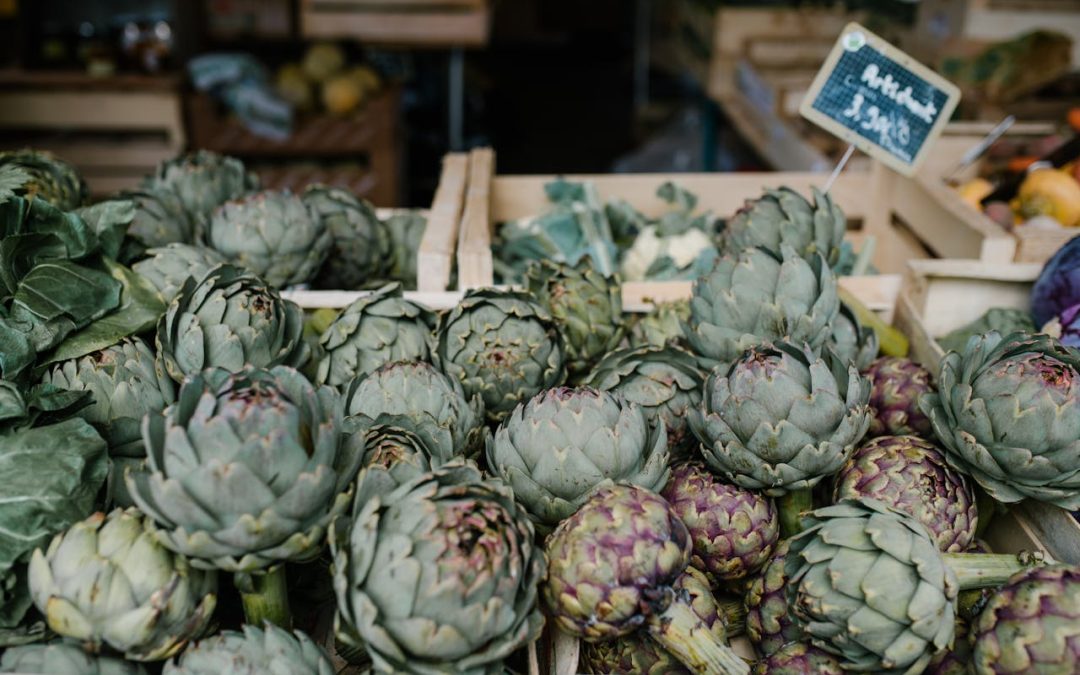Have you ever wondered who the Sephardic Jews are and what their connection to Spain is? This intriguing question opens the door to a fascinating journey through the history, culture and legacy of a community that has had a profound impact on Spanish society and beyond.
The Origin and the Expulsion
The Sephardim are descendants of the Jews who lived in the Iberian Peninsula until 1492, when they were expelled by the Catholic Monarchs. This moment marked not only the end of an era but also the beginning of a long exile. Taking their religion with them, these communities also preserved many of their customs and, notably, their language, Ladino, a version of medieval Spanish that has survived to the present day. The expulsion generated mixed feelings towards Spain: on the one hand, sorrow for the expulsion and, on the other, nostalgia for the lost land.
Sephardic Cultural Influence
Sephardic culture has had a significant influence on Hispanic culture, especially in gastronomy, music, literature and art. For example, Sephardic gastronomy, with its unique flavors and traditions, represents a fusion of Jewish and Iberian cuisine, with dishes that are still popular today. Sephardic music, meanwhile, with its moving melodies, tells stories of love, pain and hope, keeping the cultural heritage alive through the generations.
Spanish Legislation and Reconciliation
In a significant gesture towards reconciliation, Spain passed a law in 2015 allowing descendants of expelled Sephardim to obtain Spanish nationality. This measure recognizes the historical importance of the Sephardim and seeks to restore the bond broken more than five centuries ago. The legislation not only symbolizes a recognition of past wrongs, but also values the contribution of the Sephardim to Spanish culture and society.
Conclusion: The Sephardic Legacy
The history of the Sephardim is a story of resistance, identity and memory. Throughout the centuries, despite adversity, they have kept their traditions and culture alive. The Sephardic influence in the Iberian Peninsula and beyond is a testament to their rich history and continued presence. Spain’s recognition and reconciliation with its Sephardic past is an important step towards understanding and appreciating this deep and enduring cultural heritage.
Sephardic gastronomy, the result of the fusion of Jewish and peninsular cuisine, is rich and varied. Among the traditional Sephardic dishes we can mention:
Pastel de Carne:
A dish made with layers of minced meat and dough, similar to a pie or empanada, seasoned with spices typical of Sephardic cuisine.
Couscous:
Although best known as a North African dish, the Sephardim have their own version of this dish, which they often incorporate with vegetables or meat.
Spinach Empanadas:
These empanadas are stuffed with spinach, cheese and sometimes pine nuts, highlighting the mix of Mediterranean flavors.
Stuffed Artichokes:
Artichokes are stuffed with a mixture of breadcrumbs, cheese, herbs and sometimes fish or meat, and then baked or stewed.
These dishes reflect the mixture of Sephardic culinary traditions and the adaptation of local ingredients and techniques in the places where they settled after their expulsion from Spain.

